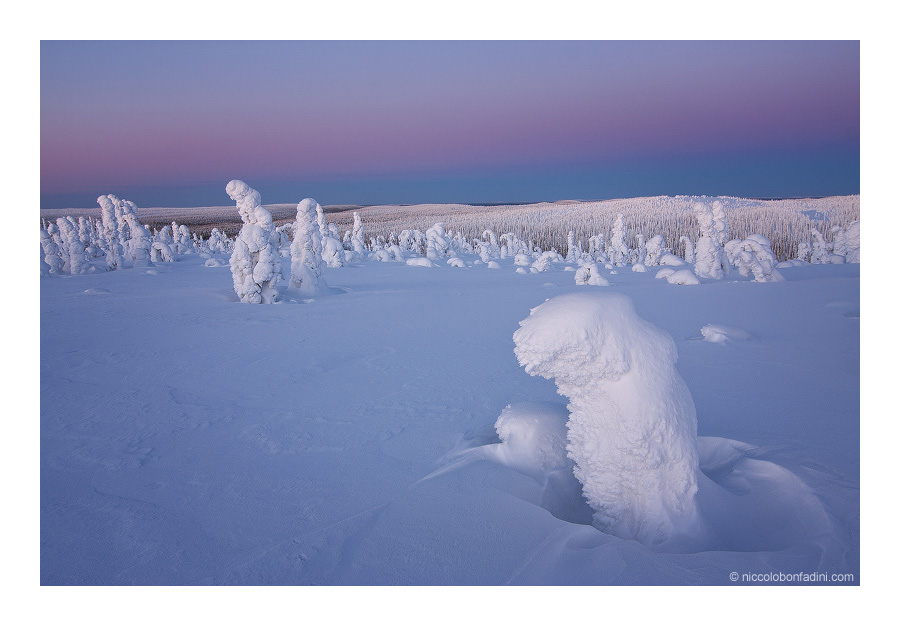Dark Beauty
First let us calibrate our expectations when it comes to the face of evil. We expect scary, bad things to be ugly, right? Devils are rarely depicted as pleasing to look at. Conversely, good things, like angels, are beautiful. Viewer's perception of art is influenced by these expectations. For instance, many believe that Frazetta's dark fantasy illustrations are full of gore (despite the lack of blood... see Weird, Dark Art Design: Implicit vs. Explicit Gore and Horror). So if your intention is create dark art, then how do you approach the design? Should your devils appear ugly? Does the horror have to be embodied in a devil? What inspires your art (your muse), and how will you choose to represent it?Weird fiction masters (Poe, Lovecraft, Smith...) documented their intense philosophies about instilling beauty in their weird works (see prior blog post: Dark Muses I: The undercurrent of "Art" in Weird literature). They viewed their horror works as beautiful art. Can horrific things, evil enemies or works of art, really be full of beauty? Certainly fantasy fiction requires some type of monstrous element, usually the antagonist force is sentient and ugly (mythological beasts, aliens, orcs, devils, etc.). Consider the horror otherwise. What if a terrible threat emerged from something we thought of as inanimate and beautiful?
The Terrible Beauty of Kudzu, a Dark Muse
I discovered my favorite beautiful horror ~20yrs ago on a road trip to Georgia (on Route 75); conveying my awe at the yet-to-be-identified vine sculptures I saw en route, my cousins corrected my enthusiasm for the beauty I had witnessed and educated me on the horrors of "kudzu." Imported to increase ground cover in the Southeast, this uncontrollable, evil vine now extends into Ohio. However, to the ignorant, the sculptures appear as beautiful, continuous green blankets. The ability to create art is considered a critical point in the evolution of man's intelligence. Usually artificial things (items made by man) are discernible from natural ones, and we gain some sense of security knowing the difference. But what horrors await us if brainless things like vines begin making large-scale sculptures? If art self-assembles from chaos, should we be awed or terrified?Here is recent photo of Kudzu I took while my wife took a turn driving on our trek from Cincinnati, Ohio to Charleston, South Carolina (again on Route 75, image taken in southern KY...okay, a confession is in order, since I took not one...but hundreds of pictures, being so mesmerized, and distracted her driving). Not shown here, is the imminent devastation of all the growth serving as a template; in other words, all the hidden trees beneath are being smothered. This beauty is terrible! My fascination remains solid however. Kudzu has become one of my dark muses.
For more images formed by Kudzu, I recommend touring JJ Anthony’s site:
Natural Beauty
Incidentally, right before vacation, I finally joined the social community for artists, DeviantArt.com (please visit: http://selindberg.deviantart.com/ :) ). The kudzu imagery is reminiscent of ice sculptures captured by Niccolo Bonfadini, a photographer I "watch/subscribe to" (check his work out (link)...actually, I highly recommend browsing DA if you have not already, it is a great wealth of inspiration and talent). These ice sculptures are another example of natural elements templating trees, however I believe the vegetation in Finland survives the winter. Regardless, the apparent self assembly of monoliths is ominous. They evoke Arthur Clarke's strange monoliths: nicely carved, inanimate, intelligent.
©2012 *niccolobonfadini
Finnish Landscape by *niccolobonfadini His caption: During winter, with temperatures ranging from -40 to -15, the trees in some areas of the Finnish Lapland get completely covered by snow and ice. This makes for a unique landscape, where everything is white and frozen as far as the eyes can see. That morning I slept in my tent to watch the sun rise from the top of a hill.




















